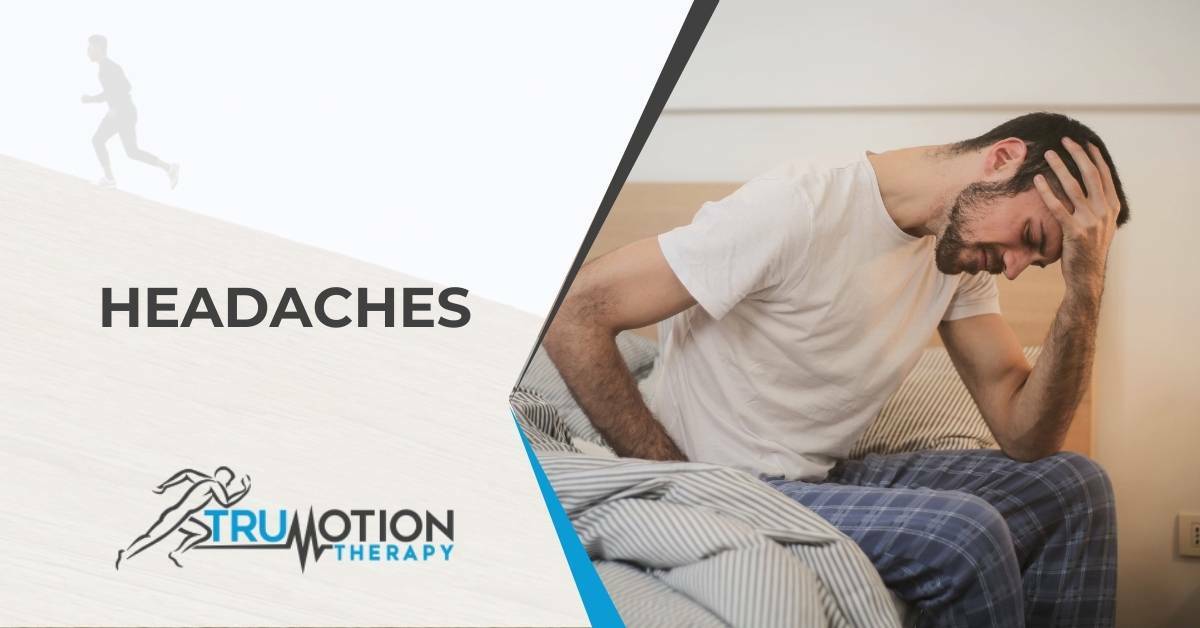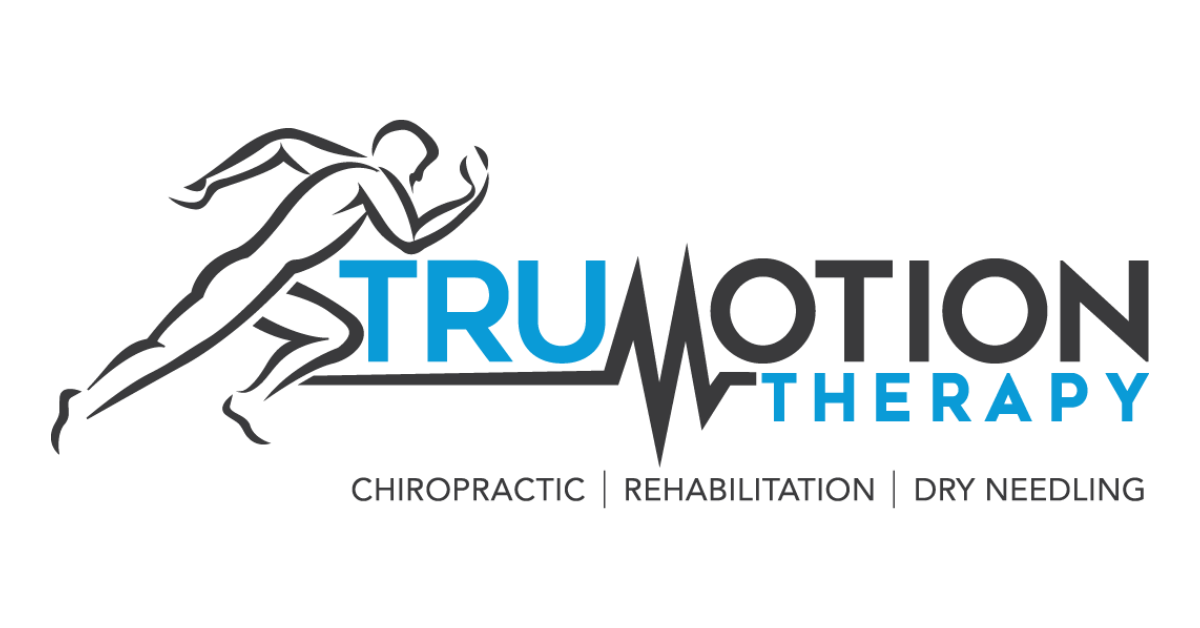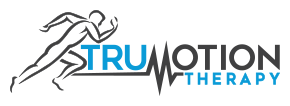Headaches

Unlock Relief With TruMotion Therapy‚Äôs Headache Treatment ‚Äď Charlotte, NC
If you are someone who suffers from bad headaches, you know the difficulties they cause in your life. You may struggle to be productive at work or to enjoy friends and family. You might have a hard time sleeping, too.
Charlotte, NC experts deliver relief with carefully targeted treatments for your headaches. Our team members do not simply try to alleviate your headache symptoms. Instead, we focus on combating the root cause, allowing us to treat your headache in a way that provides lasting relief.
Common Constant Headache Causes
Chronic headaches represent a common reason why people come to see us. The most common constant headache causes include:
- Muscle tension
- Stiffness in the spine
- Stressful lifestyle
- Poor posture
- Neck and shoulder problems
Because constant headaches can have so many causes, medical professionals must focus on finding the primary cause of your pain. That way, we can deliver customized headache treatment in Charlotte, NC, that works.
TruMotion Therapy often finds that poor posture and body and Muscle tension in the neck and shoulders can lead to frequent headaches. When addressing constant headache causes, we may focus on your cervical spine health. Making chiropractic adjustments in this area can provide relief.
Additionally, if you are suffering from a headache at the back of the skull, improving your posture can help significantly.


Relieving Neck and Shoulder Tension for Headache Management
Muscle tension as a cause of headaches can hinder proper blood flowand never function leading to severe pain. Tightness from tension can restrict blood flow to the muscles while irritating your nerve endings, leading to severe pain.
When we are providing personalized headache treatment in Charlotte, NC, our experts may zero in on this tension as the primary cause. We can use several different techniques to try to alleviate tension, including:
Our headache experts can put together a list of suggestions personalized to you. For example, we might suggest trying a different office chair to improve your posture or that you adjust the height of a computer monitor to place less strain on your neck.


Specialized Treatments for a Headache at the Back of the Skull
A headache at the back of your skull is a common problem we treat at TruMotion Therapy. We can deploy focused treatment options that have a track record of success and use them to bring you relief.
In fact, regular sufferers of headaches in this area often need targeted therapies. Tension in the suboccipital muscles leads to headaches at the base of the skull. Common causes of this type of tension include:
- Eye strain
- Poor posture
- Jaw Clenching
To help with this type of headache, our experts at TruMotion Therapy use Dry needing, laser therapy, and cupping. We employ customized treatments to utilize these pain-relief techniques.
Long-Term Strategies for Preventing Recurring Headaches
We work hard to alleviate your pain as quickly as possible. However, we don’t call it good after we make you feel better. Our experts continue to provide advice and treatments that attempt to fix any underlying problems you have that are causing your headaches.
Many times, our efforts start with improving strength and mechanics. A healthier posture involves more than just sitting up straight. Some of the steps we may suggest for long-term success include:
We also might suggest adjustments to your lifestyle. Finding ways to manage your stress before it leads to a disabling headache is important. We also discuss the importance of hydration and adequate sleep.

Take the Next Step Toward Headache Relief With TruMotion Therapy
At TruMotion Therapy, we work hard to provide lasting relief from headaches for our clients in Charlotte, North Carolina. Our holistic approach focuses on providing immediate headache pain relief with long-term solutions to prevent recurrence.
If you are suffering from chronic headaches, we provide expert care and personalized treatment plans that give you access to the relief you need. Our goal is to help you rediscover a pain-free life and regain control over your health and well-being. To learn more, call us today at (980) 819-5818 to schedule an appointment.





